The Sanctuary Papers - April 2024
First published in Sanctuary Asia,
Vol. 44
No. 4,
April 2024
By Bhavya Iyer
Getting An Eyeful
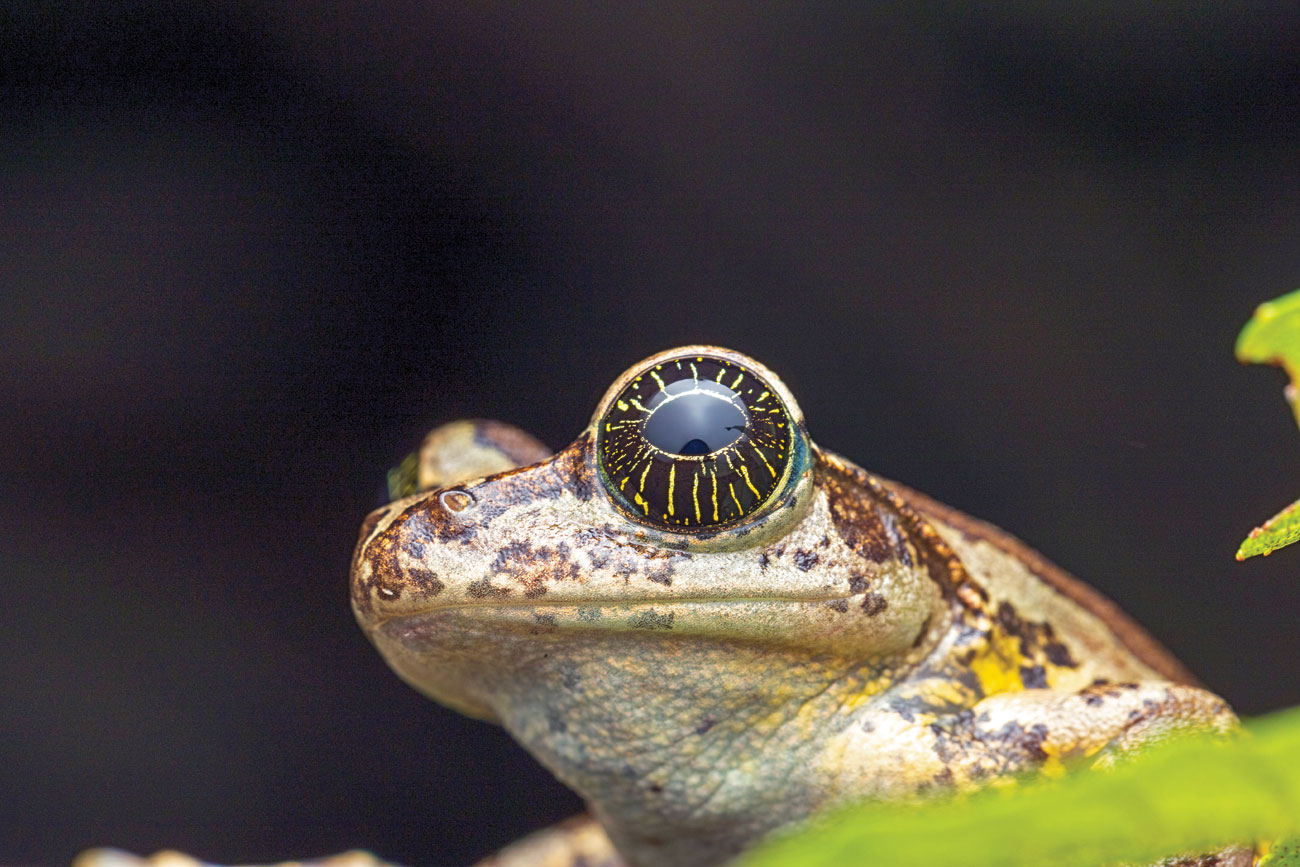
Photo: Renjith Hadlee.
Anurans (frogs and toads) exhibit stunning diversity in their appearances – including the irises of their eyes. Researchers from IISc, Bengaluru, identified four kinds of iris patterns in over 900 species studied – reticulated (composed of intersecting lines), plain, dotted, and lined – and tried to understand why these may have evolved. The patterns were not related to the habitat type of different species. Reticulated irises originated first, and were more common among diurnal anurans (those active during the day), and may have evolved as some frogs and toads transitioned from nocturnal to diurnal activity. These iris patterns may have a role in signalling between individuals of the same species, anti-predator defence, or have evolved from random mutations!
Diminishing Malignancy
Cancer is a mutation of cells, causing uncontrolled growth or ‘malignancy’, when the usual cell death apparatus does not function as it should. So if an animal has more cells, would it have higher chances of the cells turning cancerous? Technically, yes. Larger individuals of the same species – that have more cells – have higher rates of cancer, such as larger dog breeds compared to smaller ones. But this relationship breaks down at the interspecies level. In the 1970s, Richard Peto, an epidemiologist and statistician, noted that in larger animals such as whales and elephants, which should theoretically have much higher rates of cancer on account of their massive size, the observed rates of cancer do not match what would be expected. This is called Peto’s Paradox.
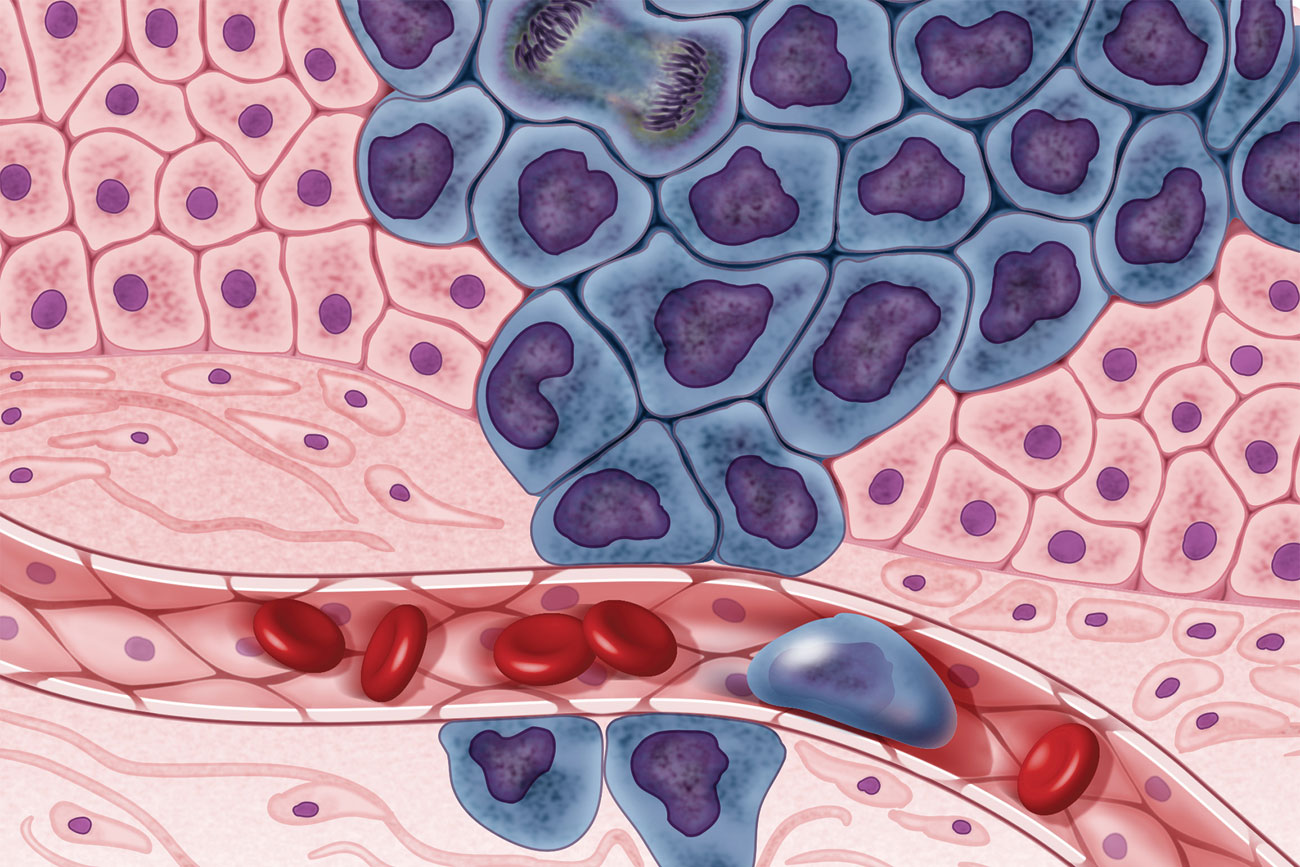
Photo: Public Domain.
Scientists studying this phenomenon at the cellular level found that whales and elephants developed fewer mutations over time, despite having over a thousand times more cells than humans, and that different species – whales, humans, rats – all developed a similar number of mutations – around 3,200 at the end of their lifespans, no matter how long. Scientists discovered that elephants have over 20 copies of the tumour-suppressing gene p53, where most species only have one. This means that mutations in cells are swiftly identified and destroyed. They also found that the p53 gene ‘switched on’ another gene called LIF6, which was otherwise considered a ‘zombie’ or pseudogene, which is inactive. At some point in the evolution of elephants – around the time their ancestors grew from the size of a cat to their current mass – this gene was switched on. These discoveries have great implications for diagnosing and curing cancer, and even mitigating the worst effects of old age.
Shooting The Breeze
One would not think that urination is something that requires precision, or mechanics, but that isn’t the case for the glassy-winged sharpshooter Homalodisca vitripennis! This tiny bug is able to fling its urine droplets at incredible speeds of about 30 cm. per second, or about one kilometre per hour! Compare this to the diminutive size of this hemipteran, roughly 12 mm. The aptly-named ‘sharpshooter’ excretes tiny urine droplets, which are shot by a stylus-like appendage, almost like a catapult hurling boulders over a long distance. These droplets are flung away at a stunning acceleration of about 40Gs, or 40 times the force of gravity.
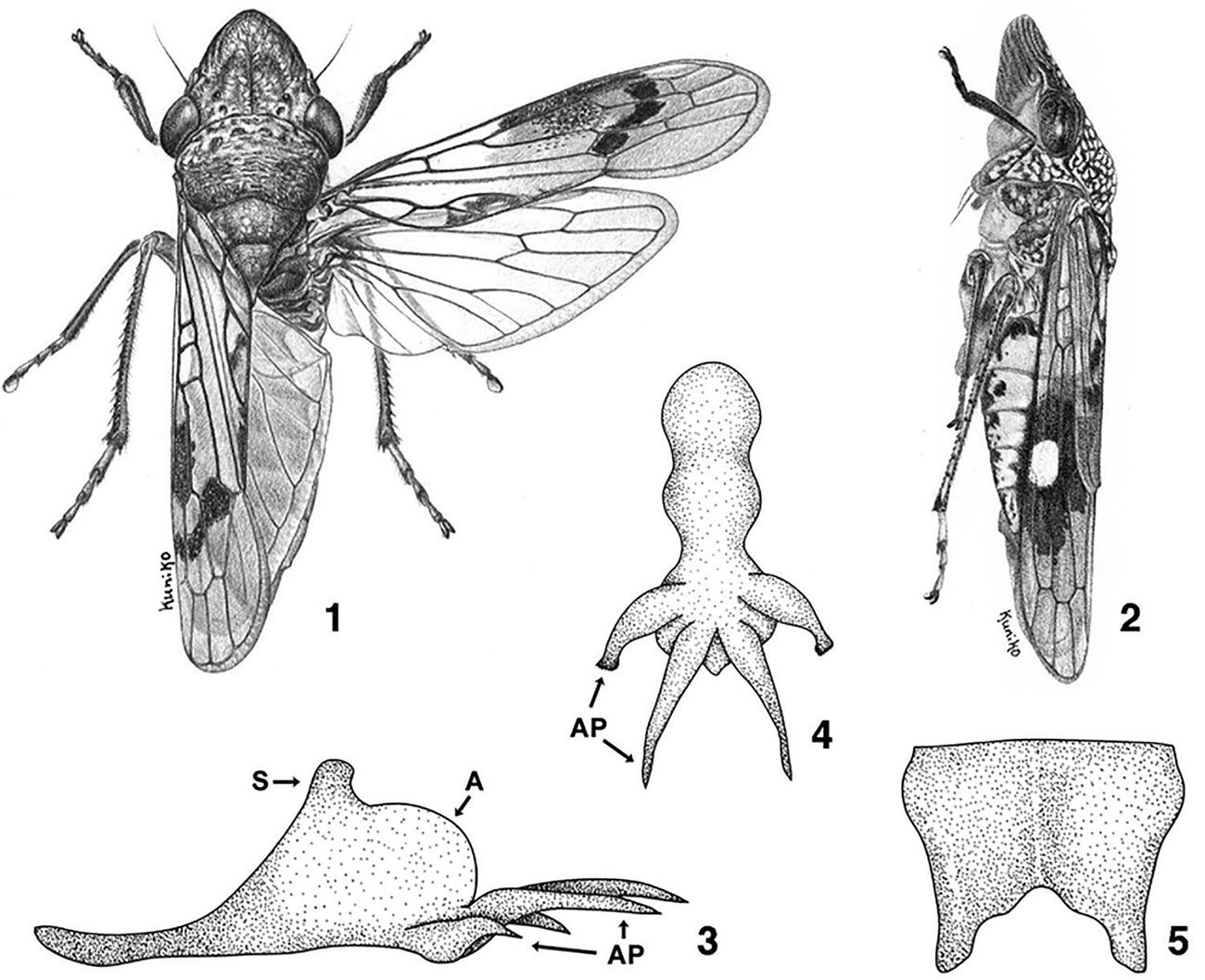
Photo: Public Domain.
Why did this animal evolve such a strange function in the first place? Sharpshooters feed on the xylem sap of plants. The xylem of a plant is a transport tissue – a bit like our blood vessels – found in vascular plants, which carry water and some nutrients from the roots to the rest of the plant. Xylem sap is thus low in nutrients, and is about 95 per cent water. For the sharpshooters to gain sufficient nutrition from the xylem fluid, they need to consume massive amounts, close to 300 times their body weight each day. That’s the equivalent of a human consuming 18,000 litres of water in a day! All that water has to go somewhere, and the most energy-efficient and quickest way for the sharpshooter to get rid of all the excess water is by projectile peeing!
Did You Know?
How small is too small? For vertebrates, about six millimetres, it seems! The smallest-known vertebrate in the world, a flea toad (which is actually a frog) Brachycephalus pulex measures seven millimetres long. An earlier study estimated that the physical limits of ‘smallness’ for a vertebrate – animals with an internal skeleton – is about six millimetres. Any smaller, and it would be hard to fit in sufficient cells to create important organs, or to be fertile enough to maintain a population. In fact, this tiny frog is even missing some toes, and has more cartilage than bone!
Photosynthethic Friendship
Imagine if you could turn sunlight into a source of sustenance, just like plants! The yellow spotted salamander Ambystoma maculatum is the first – and so far, only – vertebrate known to be capable of this, though in a limited way. They lay their eggs en masse in ‘vernal’ or spring pools lacking fish, which would otherwise predate on the highly-nutritious eggs. However, the lack of fish to help aerate the waterbody leads to stagnant water and low oxygen. Scientists discovered that the developing salamander eggs have endosymbiont algae – symbiotic algae that live within the cells, which help the embryos photosynthesise! These algae Oophila amblystomatis produce oxygen for the embryos as they develop, through photosynthesis, and in turn feed on the nitrogenous waste excreted by the embryos. When the algae are absent, the cells struggle to develop, demonstrating how crucial this symbiotic relationship is for the development of the salamander.
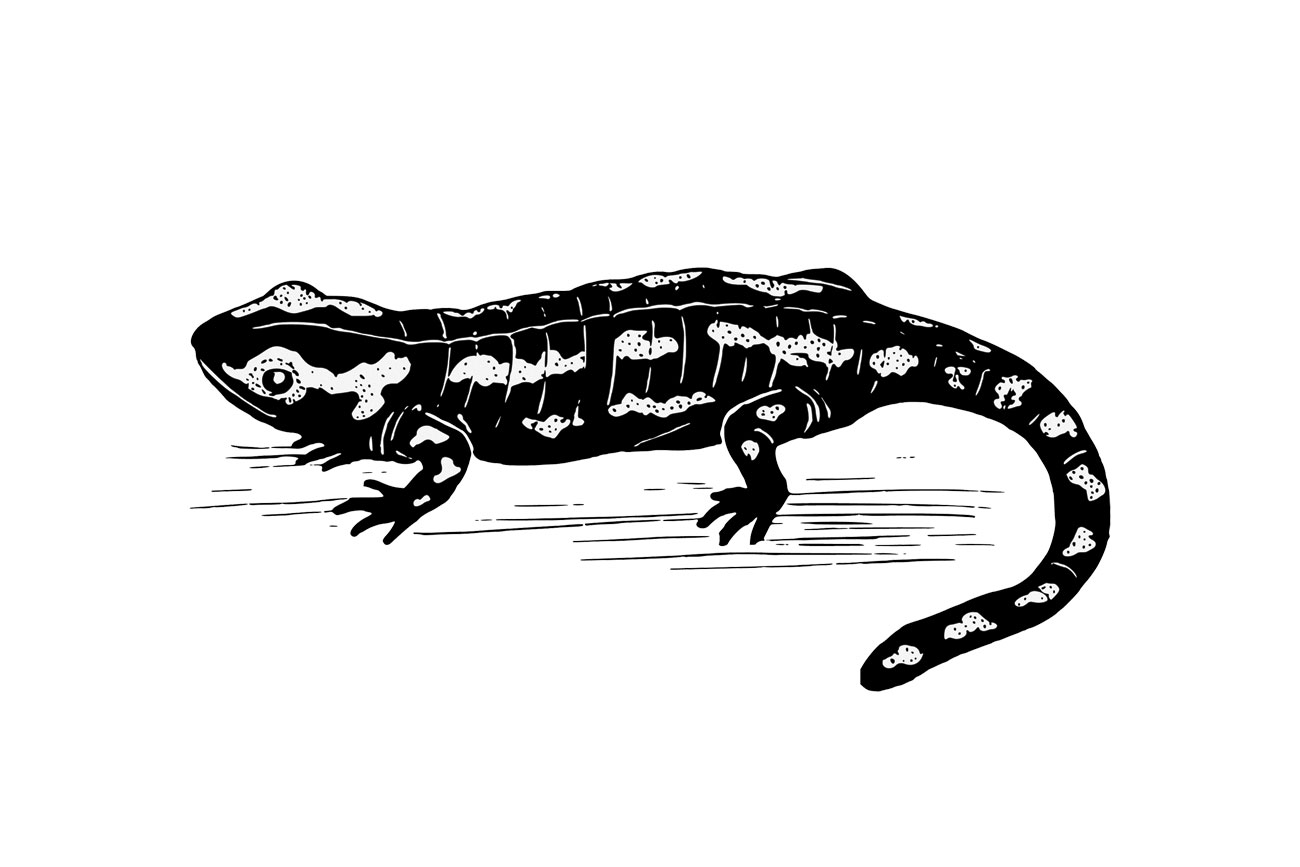
Photo: Public Domain/Rawpixel.
How do the algae enter the cells? Adult female salamanders store these algae in their oviducts, and pass them to her offspring. Once the nervous system begins to develop, the algae enter the cell, and position themselves near the mitochondria – commonly known as the powerhouse of the cell. Interestingly, mitochondria are believed to be endosymbionts that became permanent organelles early on in the evolution of life. What is fascinating is how this reveals the possibility of other vertebrate lifeforms demonstrating a similar capacity for photosynthesis – and perhaps we missed it because we didn’t know to look!
The Parent Trap
Plants of the genus Arisaema and their pollinators, fungus gnats, have an interesting relationship that is a mix of mutualism and parasitism. Arisaema flowers emit a musky scent that attracts fungus gnats, which are thus enticed into the long, narrow male flower. To exit, they struggle up the walls of the flower, and are pollen-coated in the process. They then fly over to female flowers, but here the inside of the walls are too waxy for them to crawl out, and though they pollinate the flower, they are stuck inside and perish.
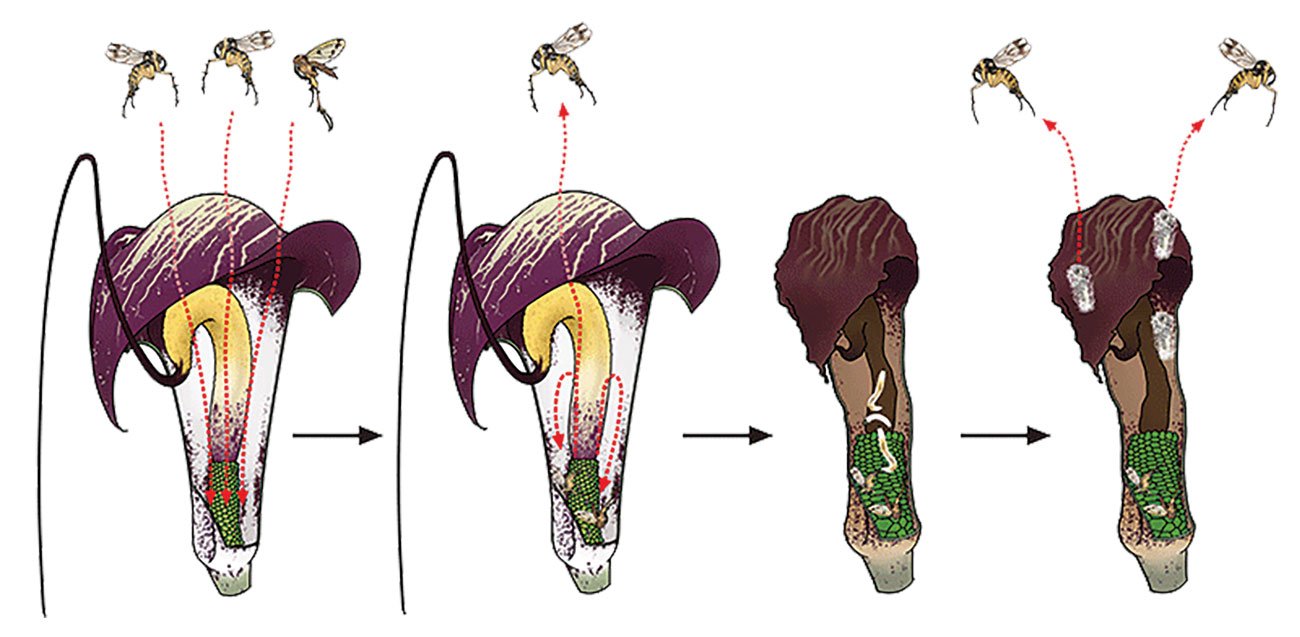
Photo: Public Domain.
Researchers from Kobe University in Japan attempted to study this relationship further, to understand if there was more than a seemingly antagonistic relationship between flower and pollinator. They studied the relationship between the species Arisaema thunbergii and its specific pollinating insects. What they found was that the fungus gnat Leia ishitanii was the main pollinator, and this insect laid its eggs within the flowers. Gnats are a group of tiny, winged flies. The larvae that emerged would feed on the flowers as they decayed, developing into adults that emerged a few weeks later. While adults often got stuck and died within the flowers, it was found that individuals of this species are able to escape the flower death trap, indicating the evolution of a relationship from deception to one that is more mutualistic! This is an example of what is called ‘nursery mutualism’, where one species acts as a nursery for another, while providing some other service – in this case, pollination.
Did You Know?
Imagine waking up to birdsong so loud it damages your hearing! The male White Bellbird Procnias albus has the loudest mating call in the world, measuring over 120 decibels in volume – that’s comparative to a rock concert, or the noise of fireworks going off! This ‘song’bird is found mostly in the Guianas of South America. Males attract females through their ear-splitting calls, and the females show their approval for the loudest males by moving closer. This species has unusually thick abdominal muscles and ribs, which likely facilitate their calls.
Biomimicry – Learning By Example
Science is constantly learning fascinating new things about how the natural world functions. Millions of years of evolution have resulted in a vast array of forms and functions utilising unique biophysics, and researchers are using the diversity of the natural world to find novel solutions to make human lives easier. People on prolonged bed rest are susceptible to thrombosis – the formation of blood clots, which can be very dangerous and lead to strokes. Brown bears on the other hand can hibernate for months at a time and do not suffer the same. Researchers discovered this is because during hibernation, their blood produces much lower amounts of a clotting protein called heat shock protein 47, which was found to cause clot formation in non-hibernating bears. This revealed a new function of an otherwise little-known protein. This knowledge can be harnessed to develop drugs that will prevent thrombosis in humans, too.
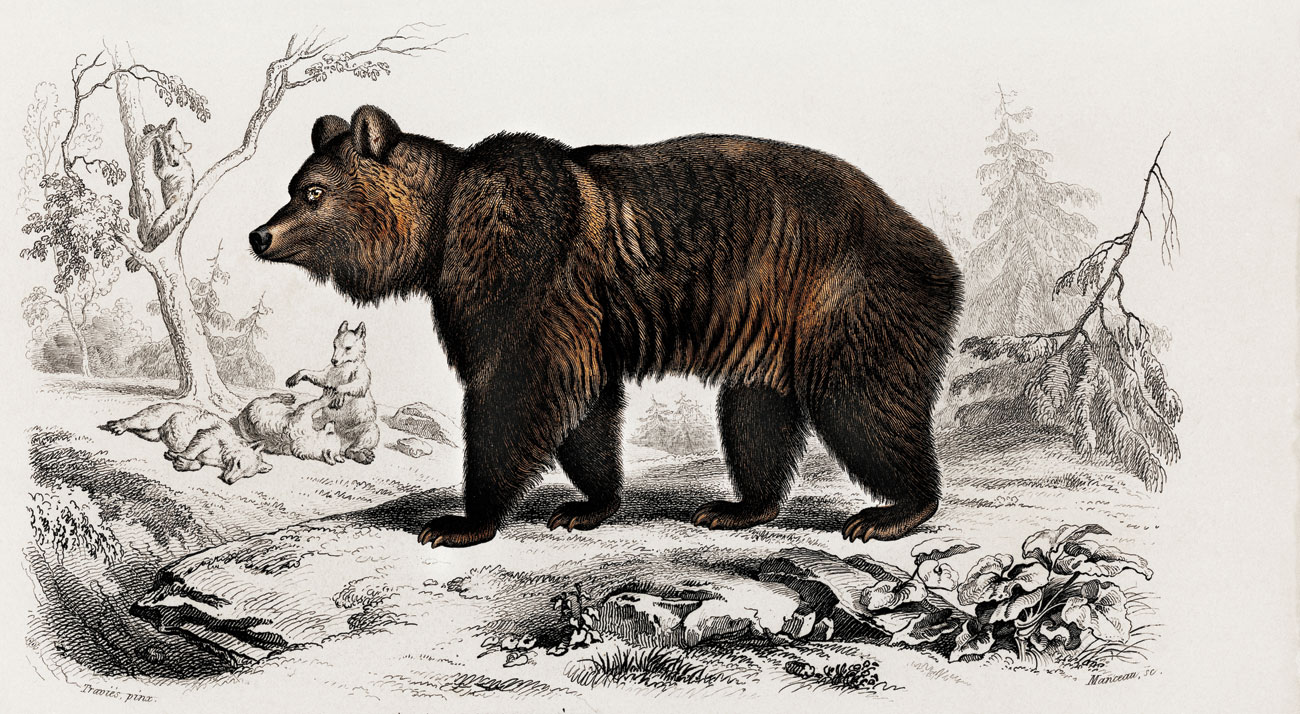
Photo: Public Domain.
This practice of learning from nature and implementing it in our technology is called biomimicry. Octopus are fascinating and intelligent creatures that offer much for us to learn. The suckers present on their limbs firmly hold on to objects even underwater. Inspired by this, scientists have designed a new drug delivery patch that can be stuck on the inside of the cheek through suction. This stretches the cheek skin and slowly delivers the drug over a longer period. The new system was found to be more effective than oral pills, though not as effective at injections. However, patients may find these patches more comfortable than receiving injections regularly, such as in the case of insulin injections for diabetics.
Vanishing Howlscapes
The tiger may still roar, but the wolf’s howl is vanishing from India’s landscapes. Wolf howls serve several purposes. They enable communication between individuals of a pack, help mark territories of different packs, and are used for social bonding. India has an estimated 3,100 Indian wolves Canis lupus pallipes remaining, with a majority of these found in Madhya Pradesh and Maharashtra, according to a 2022 report by the Wildlife Institute of India. It is currently classified as ‘Endangered’ by the IUCN. Worryingly, researchers studying wolves in Maharashtra have found that the way wolves respond to playback of recorded howls changed depending on the amount of human disturbance in the area.
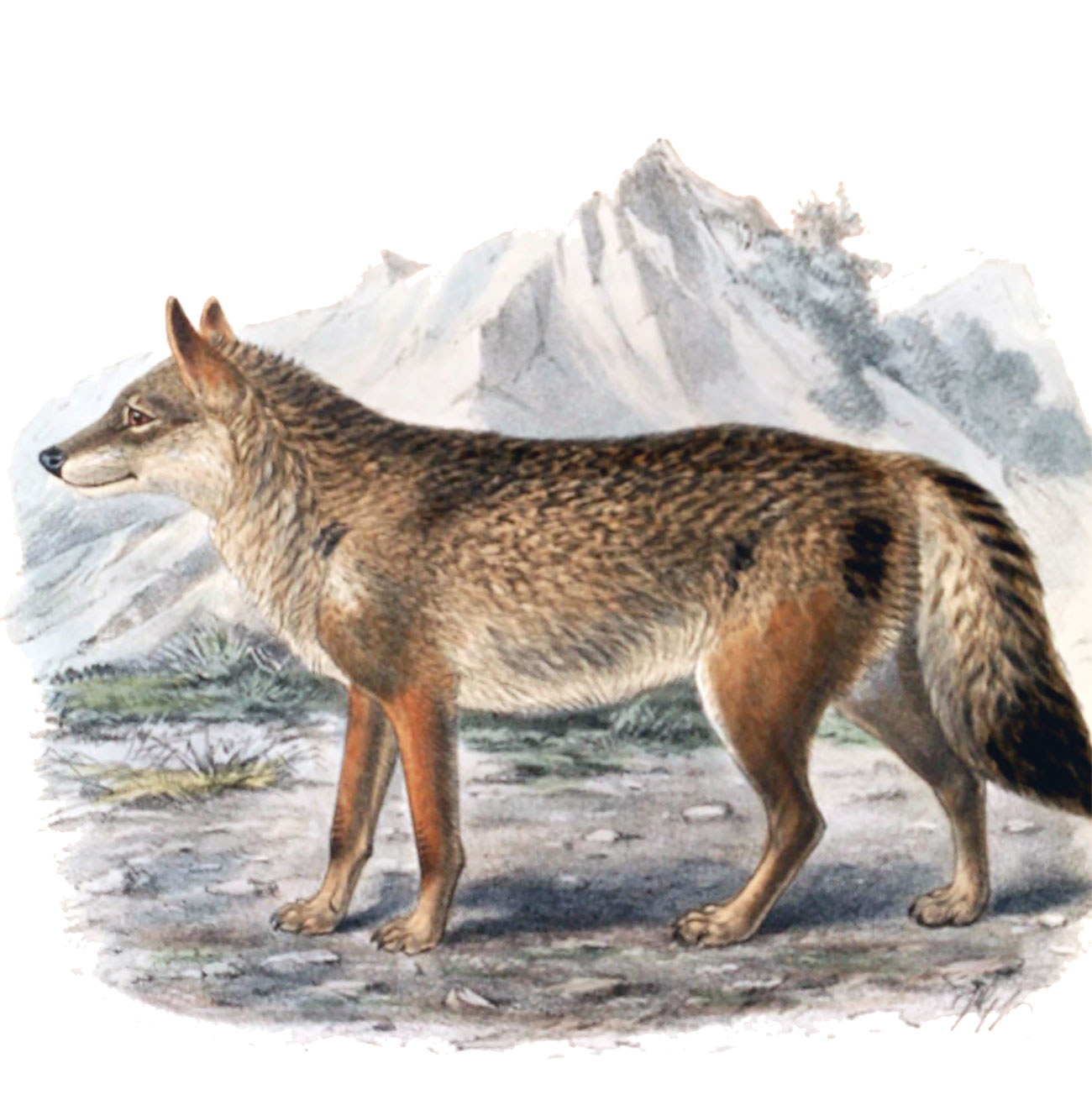
Photo: Public Domain.
In areas with low human disturbance, wolves avoided responding to howls within 1,200 m. of a village, and responded more when howls were played beyond this distance. But in areas where there was greater human density and more disturbance, wolves had a high response rate to howls played between 500 to 1,200 m. of a village, only avoiding a response when the distance to the nearest village was under 500 m. This indicates that these wolves have adapted to greater human presence, but also reduce howl response, possibly to avoid being detected by people. In areas with lower human populations, the wolves are less familiar with them, and thus the area of avoidance is larger. Predators such as wolves play a vital ecological role in mediating prey species populations, and howls play a key part in creating what is called a ‘landscape of fear’, an effect where prey are wary of predation risk in an area, moderating foraging and other behaviours, causing an almost cascading effect through the ecosystem. These vanishing howls may thus have a far greater impact on the ecosystem than we can predict.
Did You Know?
Along with being a crucial part of the marine ecosystem, horseshoe crabs are important for modern medicine. Evolving over 450 million years ago and known as ‘living fossils’, these marine arthropods predate dinosaurs. They have bright blue blood that is used to test the safety of vaccines. Their blood contains immune cells that clot around foreign bacteria, and this property was used to develop a test to check vaccines for contamination by bacteria.





